- Tel:256772069909
- join@machinerytraininguganda.com
- Plot 463 Ave, Kamuli, Kampala

If you’re like many young Ugandans today, you’ve probably thought about learning a practical skill—something you can do with your hands, something that pays. Maybe you’ve seen people operating excavators, forklifts, or graders and thought, “Eh, if I could just learn how to operate one of those machines, my life would change.” But then, you wonder, how much does that kind of training actually cost?
That’s what this guide is all about. We’re going to talk honestly about the costs of heavy machinery training in Uganda, what’s included, and why where you train matters more than you think. Whether you’re from Kampala, Mbarara, Gulu, or even across the border in Rwanda or South Sudan, this will help you plan your next step with confidence.
Heavy machinery training in Uganda ranges widely in cost depending on the machine you want to learn, how long the course is, and which school you choose.
If you want to train on a basic machine like a forklift, you’ll need about UGX 800,000 to UGX 1 million or even more depending on the institution. For more advanced machines like excavators, graders, or mobile cranes, you’ll need between UGX 1.2 million to UGX 3 million or even more.
Let’s say you want to start with an excavator. This is one of the most popular and in-demand machines across Uganda and East Africa. Most schools charge between UGX 1.4 to 1.8 million for a standard 3-week course.
At Machinery Training, we charge Ugx. 1,150,000 and that covers everything from basic theory, daily machine operation, inspection procedures, and job site safety.
We also have accommodation and meals at affordable fees. Others fees charged separately may include things like food, beds, and PPE (personal protective equipment).
For those looking to train on a forklift, the cost is slightly lower. Most forklift courses go for about UGX 700,000 to and take 2 weeks. This is perfect if you’re aiming to work in a warehouse, logistics company, or even large supermarkets where goods need constant movement. Forklift training is quick, affordable, and a good way to start if you’re on a tight budget.
Grader and TLB (tractor-loader-backhoe) training tends to cost a bit more. You’re looking at UGX 1.6 to UGX 2 million, especially if you’re training with quality machines and experienced instructors.
These machines are used on road projects, site leveling, and construction, which means they need skilled and careful operators. It’s also the reason the training takes longer—usually 3 to 4 weeks—and includes a lot of hands-on time on the machine.
The displayed prices are strictly for training and other unindicated costs may include Accommodation, food, helmets, safety boots, even certificates. That’s why you must always ask what’s included before you commit.
At Machinery Training Uganda, there are no hidden costs. You get your money’s worth, and then some.
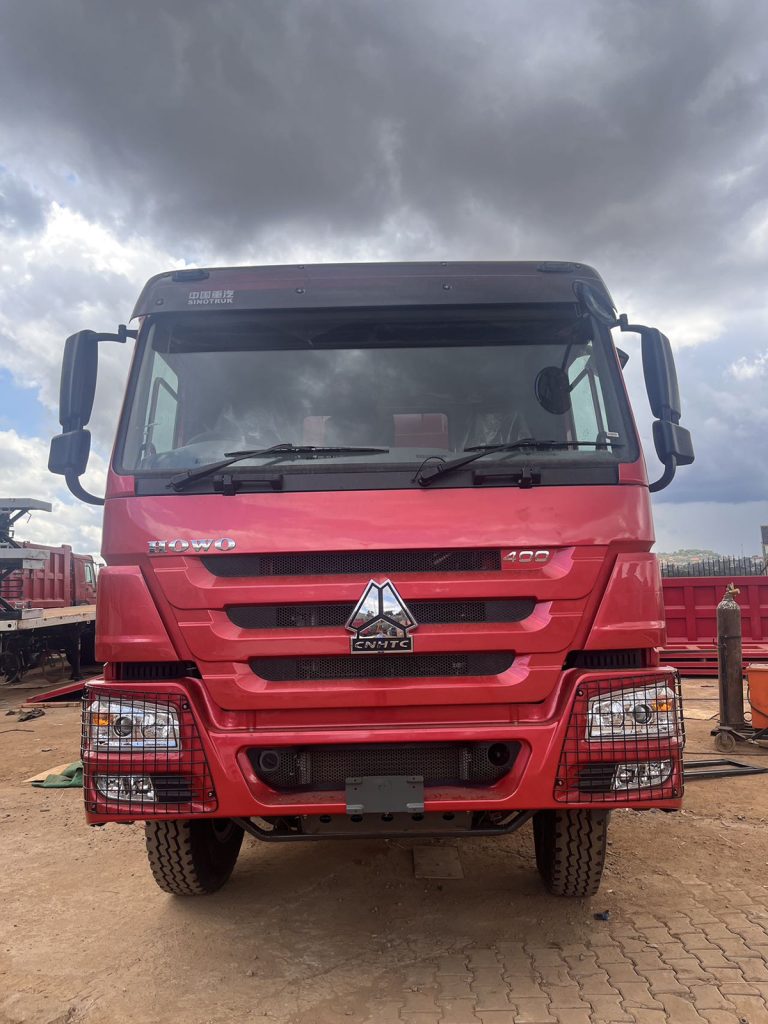

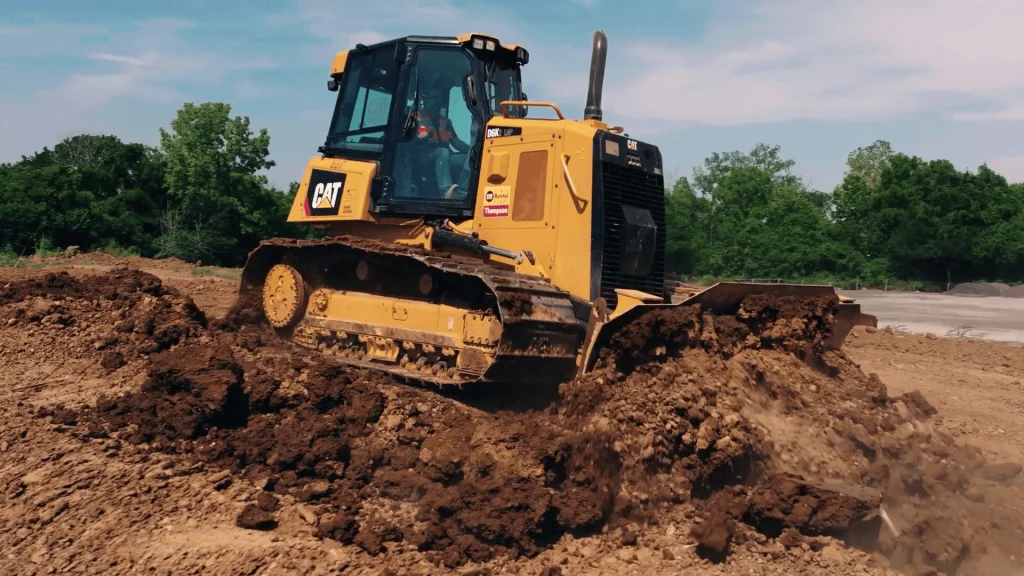

One of the most important things you should understand is that training is not just about the fee. It’s about the value.
A cheap school with poor machines and no job support is actually more expensive in the long run. You might finish the course and still not know how to operate properly. That means no job, no income, and you’ve wasted both time and money.
On the other hand, a school that gives you proper hands-on experience, clean facilities, and connects you to employers is worth every shilling. That’s what schools like Machinery Training Uganda focus on.
Their goal isn’t just to train you—they want you to succeed after training. They help with job referrals, help you write a CV, and even coach you on how to present yourself during interviews. They speak your language—literally.
Whether you’re more comfortable in Luganda, Swahili, or English, you’ll be taught in a way that you understand.
Now let’s say you’re a student from South Sudan, Rwanda, or Congo. You’re probably wondering how much more you’ll pay. International students usually pay a bit more than locals—maybe UGX 100,000 to UGX 300,000 more depending on the machine.
But the good news is that Machinery Training Uganda offers visa support, airport pickup arrangements, and proper accommodation, so your journey is smoother. That little extra fee often covers documentation and admin costs, but the training quality remains the same.
Some trainees prefer learning two machines at once, for example, a forklift and an excavator, or a TLB and a grader. Schools usually offer a discounted combo package for that. Instead of paying double, you might pay around UGX 2.5 to UGX 3 million for two full courses. It’s a smart move if you want to increase your chances of getting a job quickly or work on larger projects that need operators with multiple skills.
And if you’re thinking of joining a course but you don’t have the full amount now, don’t panic. Good schools understand the struggle. Many offer flexible payment plans. At Machinery Training Uganda, you can pay a deposit, start training, and complete your balance in stages. You won’t be turned away because of lack of money—as long as you communicate honestly and commit to learning.
For female students, the cost is the same, but many schools, including Machinery Training Uganda, are actively encouraging women to join.
They provide a supportive space, female-friendly accommodation, and strong encouragement. More and more women are becoming successful machine operators across Uganda, especially on forklifts and wheel loaders.
Let’s also talk briefly about equipment. Some schools use old, worn-out machines just to reduce costs. You can’t learn properly on a machine that barely starts or has no functioning controls.
That’s why choosing a school with modern, working machines is very important. Machinery Training Uganda maintains its machines in excellent condition and makes sure every student gets enough time to practice. You don’t just sit and watch—you drive, dig, scoop, lift, and operate with confidence.
If you’re wondering what else might come up in terms of cost, it’s usually things like your transport to the school, maybe buying a new pair of shoes or small upkeep during your stay. But those are minor compared to the value of the training you receive. And let’s be honest—once you’re hired, you can earn back the entire fee in just a few weeks.
On average, an entry-level machine operator in Uganda earns between UGX 500,000 to UGX 1.5 million per month depending on the machine and company. That means even if you spend UGX 1.5 million to train, you can recover it in less than two months. Some jobs even pay per day—between UGX 30,000 and UGX 80,000—which adds up quickly.
So how much is heavy machinery training in Uganda? It depends. But if you choose the right school, with the right support, the question becomes—how much can this skill earn you for the rest of your life?
At Machinery Training Uganda, we make sure your money works for you. From day one, you’ll feel supported, guided, and taught with patience. Whether you’re new to machines or switching careers, we help you build something solid. A real skill. A better future.
And maybe one day soon, you’ll look back and say, “It all started the day I decided to train.”
So, what are you waiting for?
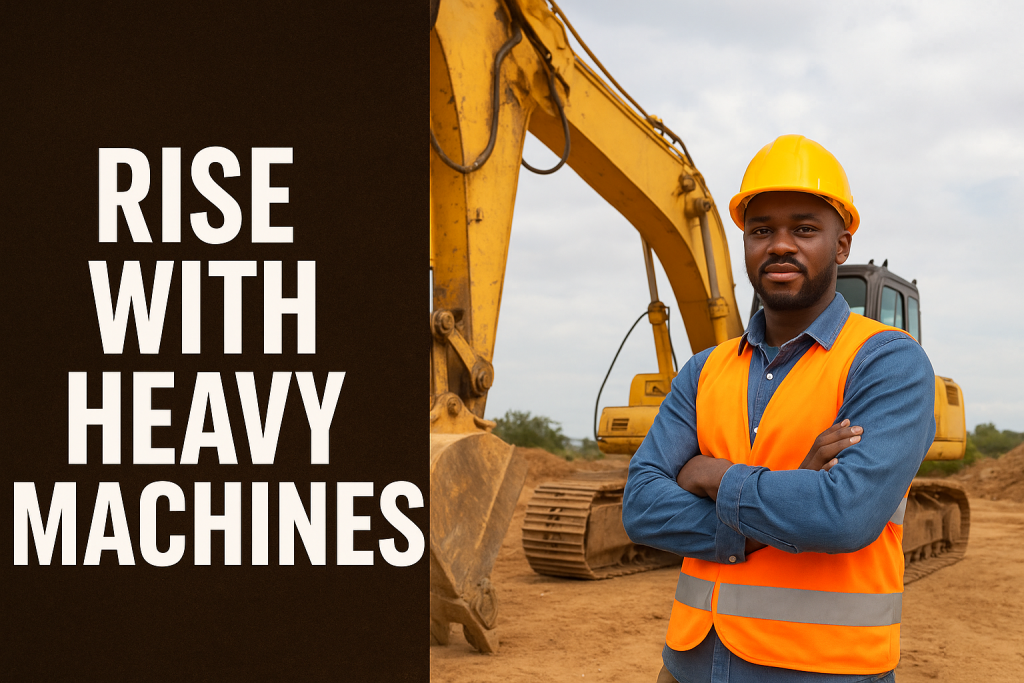
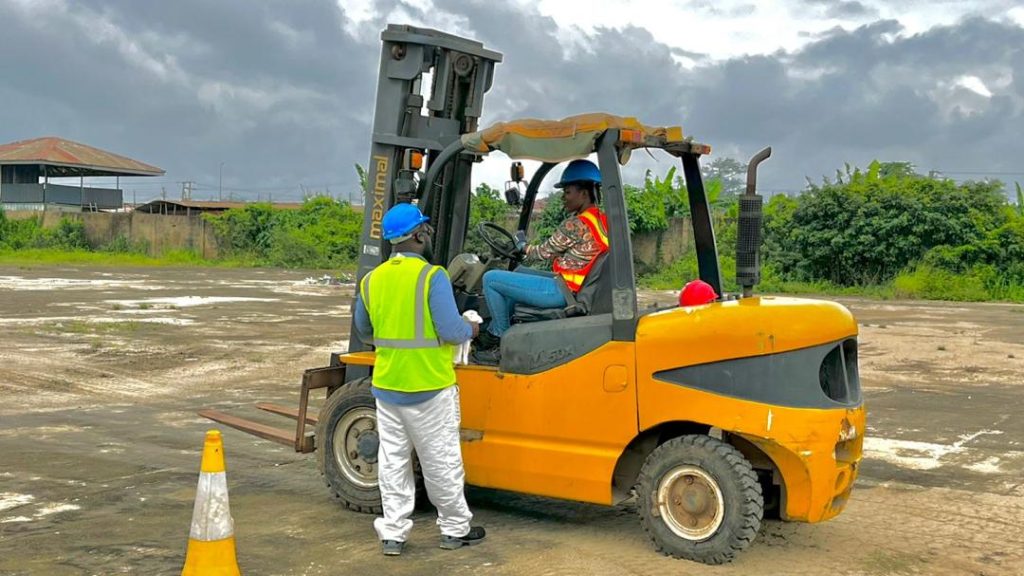
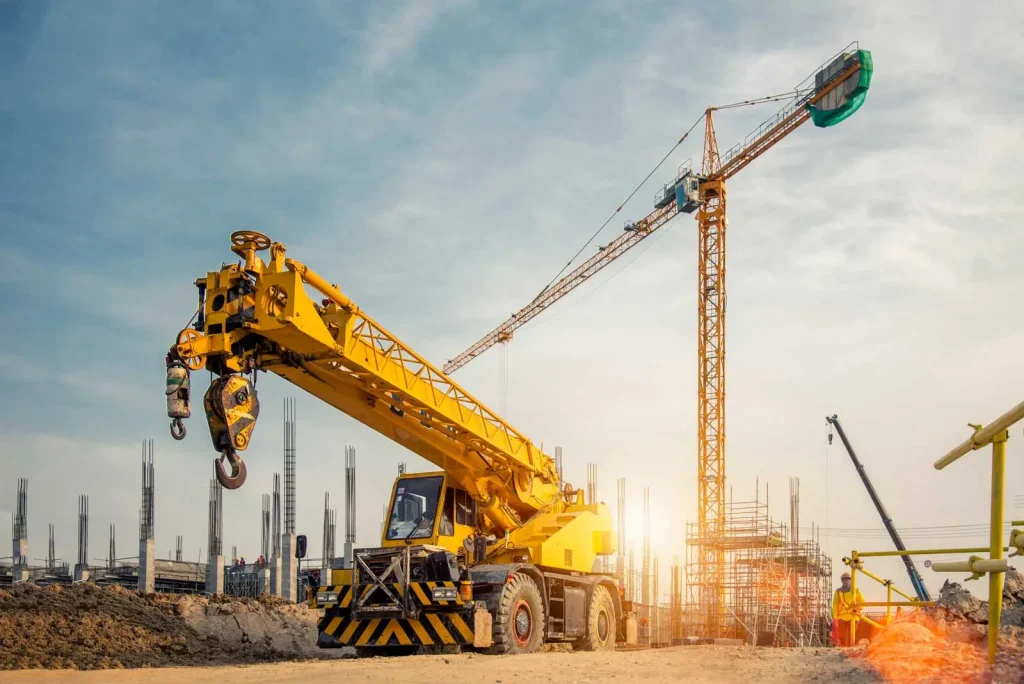
Join us to start a transformational journey to unlock limitless doors of heavy machinery opportunities.
Machinery Training Uganda is a reputable and leading Heavy Machinery Training Centre offering affordable training courses in Trailer, Excavator, grader, forklift, sino trucks and more.
+256 749 762 961
+256 772 069 909
machineryuganda@gmail.com
Kamuli , Kampala
Copyright Machinery Training Uganda © 2025 All Rights Reserved